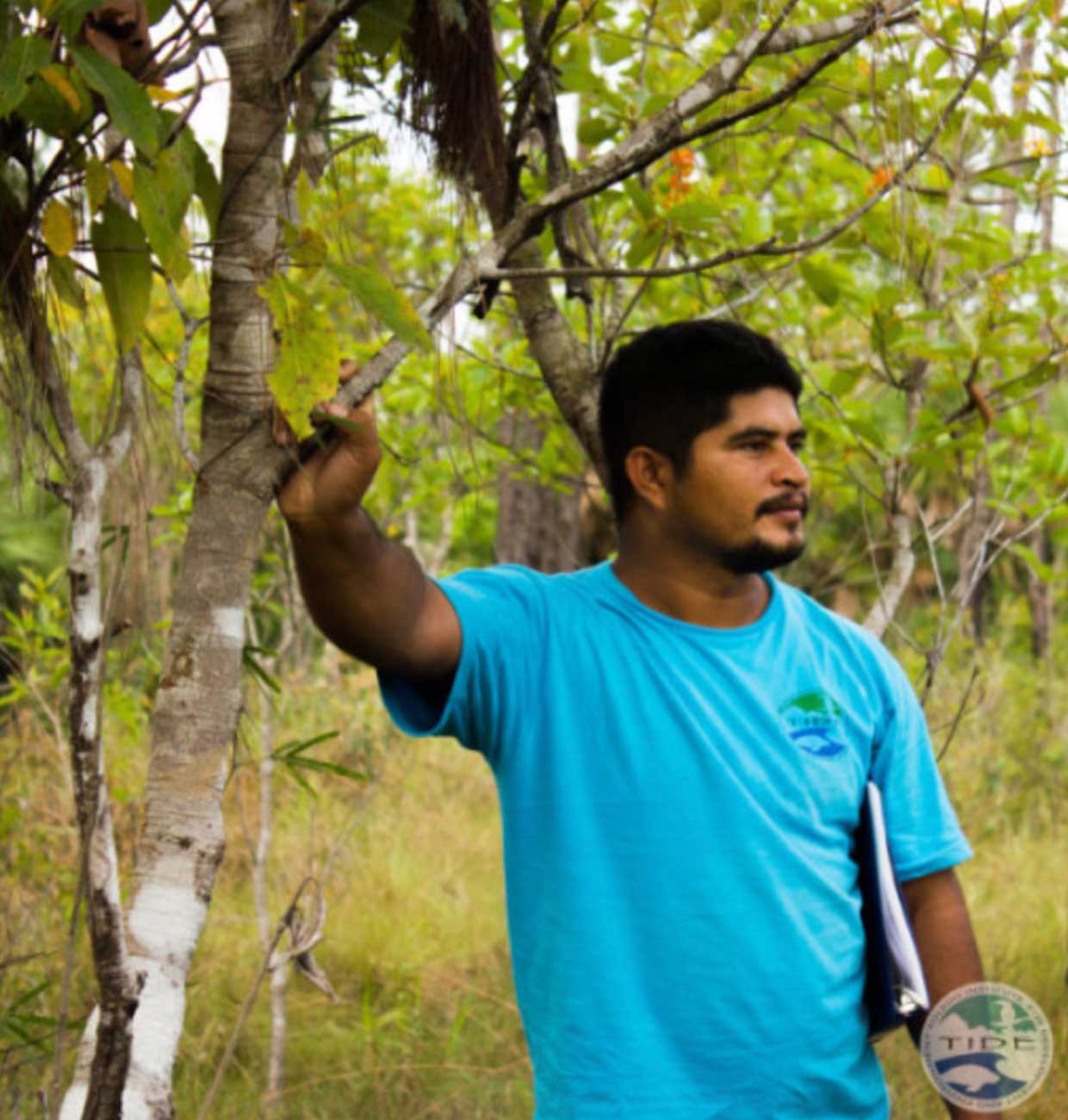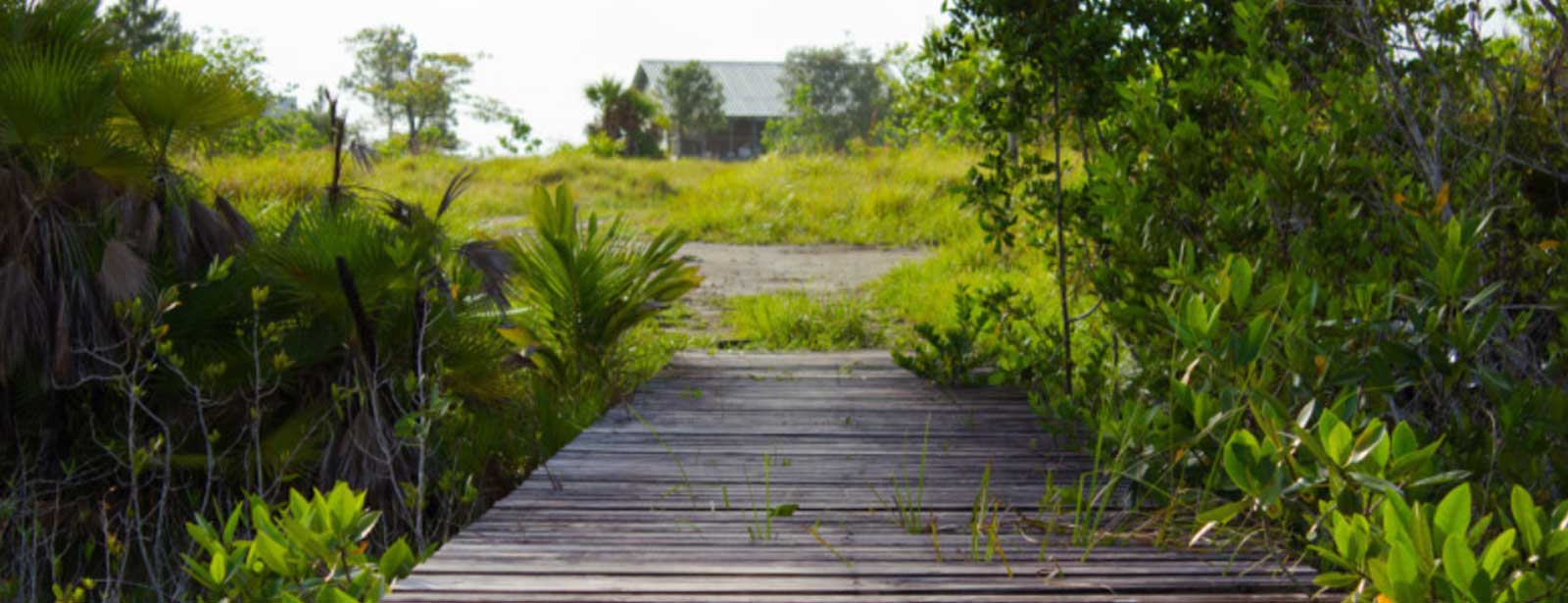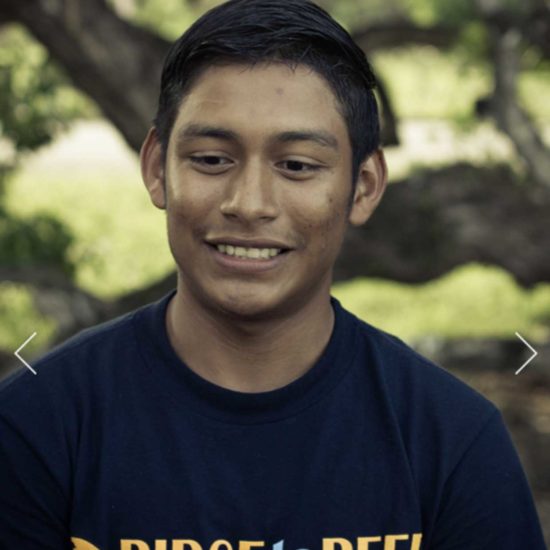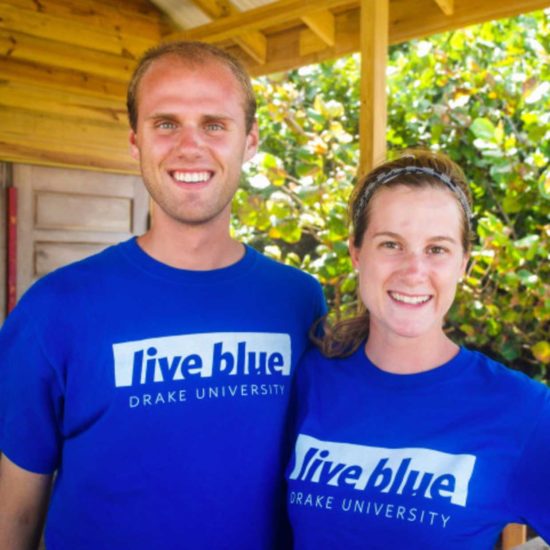
Into the Wilderness – GPS Species Identification Fieldwork with the Rangers
Indulging the environmental scientist in me, I donned my hiking boots and long trousers and got stuck into two days of terrestrial field work, accompanying TIDE’s rangers, Mario and Elmar into the field.
The sun was hot, the work was hard but I had the most incredible time experiencing some of the work that TIDE does and learning how this is applied to the bigger picture in terms of natural resource management and environmental protection and conservation.
The work we carried out was part of an ongoing remote sensing study being undertaken by Master’s students from the University of Edinburgh, UK, supported by the UK Darwin Initiative working in partnership with TIDE, which looks at protecting lowland pine savannah and implementing fire management techniques in Belize.
To undertake this fieldwork, we ventured up to Swasey- Bladen Forest Reserve, about an hour north of Punta Gorda, to carry out some ground truth GPS data point confirmation.
The Forest Reserve is just one of a handful of areas in Belize which hosts the critical and endangered ecoregion of lowland pine savannah. This ecoregion is a diverse and dynamic ecosystem home to a number of endangered/critically endangered species and therefore holds a great amount of value to Belize which made for an interesting landscape to work within. Using a GPS system with coordinates supplied by the students from the University of Edinburgh, our task was to make our way to each point that needed verifying and confirm which species was the abundant tree cover. To aid with documenting the work, I was the photographer for the trip, helping to visually identify the abundant species of the area. The task was made much easier with the expert knowledge of our rangers Mario and Elmar who were able to instantly identify the species, while also pointing out other interesting features of the area.
After we sorted a couple of technical issues, we set off in the TIDE truck to get a walkable distance from each point. Bouncing down rural tracks into the protected areas we then hopped out and made our way on foot to each point tracked by the GPS. In some cases this involved fighting through the undergrowth and scrambling up and down banks until we found the right position (long trousers were advised!). Once there we made note of the abundant species and compared this to the results of the remote sensing work.
During the fieldwork, Mario and Elmar explained to me a side objective of the project which focussed on the abundance of Palmetto among the lowland pine savannah. They told me about the species and its use in cancer treatment in the US, how noting down the abundance could help with understanding the potential for alternative livelihoods for locals to farm Palmetto seeds to provide a sustainable income while protecting the lowland pine savannah. It was fascinating to learn about some of the many ecosystem services that this landscape can provide.
After some ice cold refreshments and a reflection of the day’s work, we set off to Payne’s Creek Ranger station for the evening. We were treated to a drive through the whole national park, across pine savannah and broadleaf forest, watching all the wildlife in action as the sun was setting until we reached the rangers station. Once there we joined two more rangers, Len and Augustine, who prepared a delicious dinner for us which we enjoyed by torch light and some stories of the day. The night was spent in the cosy wooden bunk house where a gentle breeze was a welcome comfort to the heat. Waking up to the sounds of yellow headed parrots and sunshine streaming in was a great way to start the day. The yellow headed parrots even gave us a show by hanging upside down on the netting that surrounded us, chattering away to each other!
An early morning start gave us time to explore the grounds surrounding the rangers station, a leisurely stroll down to the dock to watch the peaceful water flow through the mangroves with flycatchers and mocking birds swooping overhead and then a hearty breakfast together. We set off on a full day of data point collection, this time with Augustine as part of the team, helping us clear a path through the bush with the aid of a machete!
A long but successful day in the field, we managed to verify most of the points we set out to do. There was a perfect balance of professional working mixed with fun and entertainment from the rangers, where they were always making sure I was alright, telling me all about the areas they manage and the species that surrounded me. I really felt like a part of the team. It was great to get some experience in the field while actually contributing to an ongoing piece of research.





